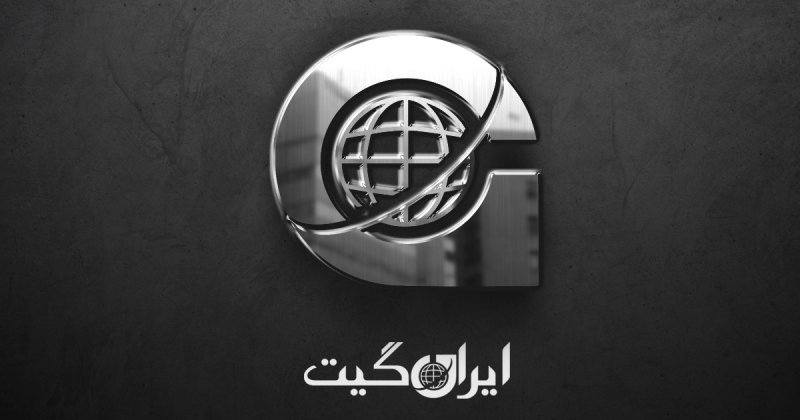Lost Peace in the Shadow of the Great Power Game
Lost Peace in the Shadow of the Great Power Game
Many hopes were formed with Donald Trump’s entry into the White House that perhaps a ceasefire in Ukraine would be America’s first major achievement.
However, the efforts of the White House keyholder were neither coordinated within Moscow’s structure nor in the White House, and despite numerous phone calls between the leaders of Russia and the US and meetings of special envoys, even the exchange of significant positive words did not lead to a specific result.
Specifically, Putin could not take advantage of this opportunity and instead focused on advancing in the battle zones—a progress that was only possible with the limitation of American arms shipments, as Trump cleverly tried to gain the Kremlin’s green light to advance two key goals in West Asia: the fall of Bashar al-Assad and the weakening of Iran.
From January this year—from the time of the inauguration—Trump began the approach of getting closer to Vladimir Putin and pressed to end the conflict in Ukraine, but by mid-year, no tangible progress was made.
Last week, the US government announced it would stop sending weapons to Kyiv—a claim made citing concerns about the depletion of armament reserves—but the White House then tried to downplay the importance of this issue and re-proposed the resumption of arms supplies.
At the same time, on July 8, 2025, Trump once again expressed his dissatisfaction with Putin and said he is considering new sanctions against Russia.
Expressing regret over the increase in war casualties, he said in a meeting with cabinet members, ‘If you want the truth, Putin says a lot of things that don’t mean anything.’
It’s always very good, but none of it is clear in meaning. Trump assured that he would carefully review the US Senate’s bill on new sanctions against Russia.
On the other hand, the Russian Ministry of Foreign Affairs claims that Moscow still accepts a diplomatic solution for the Ukraine conflict, but negotiations must revolve around a lasting peace, not just a ceasefire.
Sergey Lavrov explained that the agreement should include matters like demilitarization, denazification, ending any legal cases against Russia, lifting sanctions, and returning confiscated properties—issues fundamentally important for eradicating the conflict.
Meanwhile, the Kremlin insists that threats against Russia’s security following NATO’s expansion and Ukraine’s joining of this bloc must also be removed.
Additionally, attention to human rights, preserving culture and traditions, supporting Russian-language media in areas under Kyiv’s control, and most importantly, recognizing the new territorial changes—from Crimea and Sevastopol to Donetsk, Luhansk, Zaporizhzhia, and Kherson—are other important Russian demands, which are far from the demands of Ukraine and Western parties.
Russia has always accused Western leaders of resorting to creating a mythical Russian threat to hide their failures in solving internal issues like inflation, unemployment, a decline in real income, illegal immigration, and rising crime.
Now they have seized the opportunity to push a united Europe toward anti-Russian sentiments, reviving the military-industrial complex, and supporting a belligerent approach against Russia in such a way that the European Union is turning from an economic and political coalition into a NATO-like bloc.
This June, NATO leaders decided at the Hague summit to significantly increase defense spending, and the United States, emphasizing the Russian threat and the advance of the Red Army forces in Ukraine, pursued one of its important goals: increasing Europe’s defense budget to 5% of GDP—a subject that Trump also had in his plan.
In summary, Washington achieved relative success in reaching its diverse goals—from adjusting security relations with the green continent and increasing Europe’s defense budget to exploiting Russia’s silence in West Asia and benefiting from Ukraine’s resources.
Perhaps the Trump-Putin honeymoon tactic was indeed a prelude to realizing these strategies.
Ultimately, the Ukraine crisis has become one of the evident and long-term crises for Russia and Europe—a vital and complex issue that, while its beginning may have seemed simple, its end may not only be out of reach but also hold no hope for an easy resolution in the short term.
Recent developments, despite nearing the end of the symbolic Trump-Putin relationship, indicate the end of that era and the entry into a new phase of competition and conflict.
Ultimately, it must be said that the Ukraine conflict is a historical manifestation of the confrontation between radical liberalism and Russian authoritarianism, which, with the Western and Israeli regime’s propaganda accusations of Iran sending drones to Russia, has plunged Europe-Iran relations into deep stagnation.
Of course, historical experience shows that the direct involvement of a third player usually yields no specific achievement and will likely entail heavy costs in the future.
